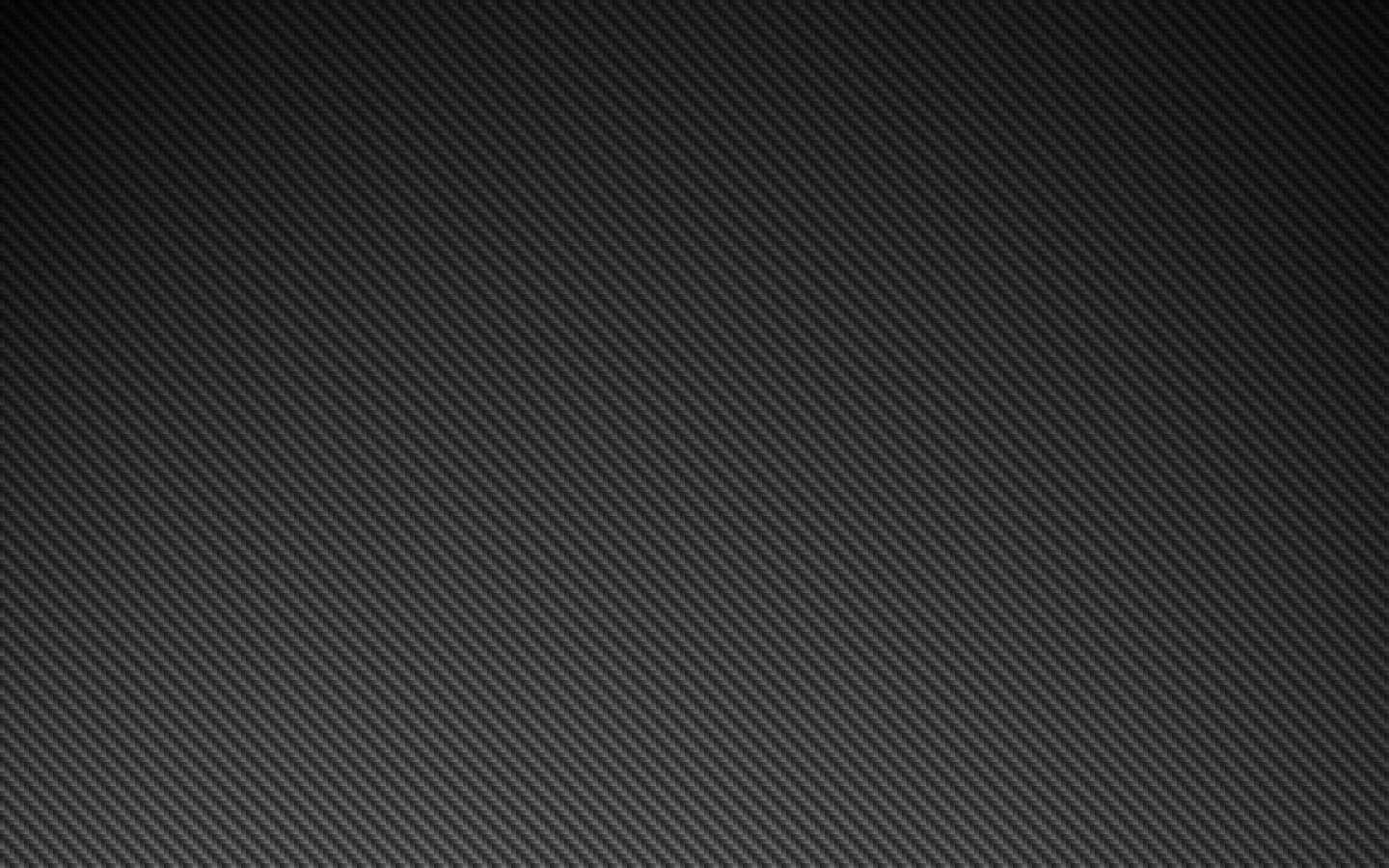Thursday, July 28, 2011
Carbon Wallpaper
In London, for instance, Marinetti's visit directly precipitated Wyndham Lewis' founding of the Vorticist movement, whose literary magazine BLAST is an early example of a modernist periodical. With regards to the creation of Artists' books, the most influential off-shoot of futurist principles, however, occurred in Russia. Marinetti visited in 1914, proselytizing on behalf of Futurist principles of speed, danger and cacophony. This move toward radicalism was exemplified by the Italian Futurists, and by Filippo Marinetti (1876–1944) in particular. The publication of the "Futurist Manifesto", 1909, on the front cover of the French daily newspaper Le Figaro was an audacious coup de théâtre that resulted in international notoriety. Marinetti used the ensuing fame to tour Europe, kickstarting movements across the continent that all veered towards book-making and pamphleteering. As Europe plunged headlong towards World War I, various groups of avant-garde artists across the continent started to focus on pamphlets, posters, manifestos and books. This was partially as a way to gain publicity within an increasing print-dominated world, but also as a strategy to bypass traditional gallery systems, disseminate ideas and to create affordable work that might (theoretically) be seen by people who would not otherwise enter art galleries. Books such as Songs of Innocence and of Experience were written, illustrated, printed, coloured and bound by Blake and his wife Catherine, and the merging of handwritten texts and images created intensely vivid, hermetic works without any obvious precedents. These works would set the tone for later artists' books, connecting self-publishing and self-distribution with the integration of text, image and form. All of these factors have remained key concepts in artists' books up to the present day. Whilst artists have been involved in the production of books in Europe since the early medieval period (such as the Book of Kells and the Très Riches Heures du Duc de Berry), most writers on the subject cite the English visionary artist and poet William Blake (1757–1827) as the earliest direct antecedent "Artists' books are books or book-like objects over the final appearance of which an artist has had a high degree of control; where the book is intended as a work of art in itself." Stephen Bury Artists' books have employed a wide range of forms, including scrolls, fold-outs, concertinas or loose items contained in a box as well as bound printed sheet. Artists have been active in printing and book production for centuries, but the artist's book is primarily a late 20th century form. Artists' books are works of art realized in the form of a book. They are often published in small editions, though sometimes they are produced as one-of-a-kind objects referred to as "uniques".
Subscribe to:
Post Comments (Atom)
Popular Posts
-
Flower wallpaper for desktop flower wallpaper for desktop Flower wallpaper for desktop Flowers Desktop Backgrounds Desktop Wallpape...
-
##title## Bollywood actress without Kajol without make up looks! Photo Gallery | Bollywood Bollywood Actresses Without Bollywood Ac...
-
##title## YMCMB.JPG Lil Wayne, Drake Lil Wayne \x26amp; YMCMB Lil Wayne Films "6 Foot, Lil Wayne – We Gon Get Paid | Lil Wayne...
-
##title## of heart about the tattoo body art \x26middot; tattoo \x26middot; wrist cute-heart-wrist-tattoo.jpg a thing for wrist tatt...
-
The $500 Dollar Bill The $500 bill featured William McKinley on the obverse and the words "Five Hundred Dollars" on the reverse....
-
##title## I miss you 2 Miss You and remember me! yellow flower awww dear you have the key so I Miss You White Flowers Flowers Miss...
-
Michael Scofield's tattoo is featured prominently in the American television series, Prison Break, and contributes a large part to the p...
-
Rhona Mitra breast implants plastic surgery. Rhona Mitra is an English actress, model and singer, perhaps best known for her role in the mo...
-
5. Tree Man – Full Story HERE Famous, Rich and in the Slums, a two-part documentary for Red Nose Day followed Lenny Henry, Samantha Womack...
Total Pageviews
Labels
- Adriana Lima (1)
- Adrianne Curry (1)
- Al (8)
- Al Pacino (1)
- alexis (2)
- Ali Lohan (1)
- Alyssa Milano (1)
- amanda (2)
- amazing Celebrity Gingers (1)
- Amy Winehouse (1)
- Andie MacDowell (1)
- angel (1)
- Angel Tattoo Designs 2011 (1)
- Angelina Jolie (2)
- Animals (1)
- anna (2)
- Argyle (2)
- Ashlee Simpson (1)
- Ashley Judd (1)
- Ashley Tisdale (1)
- audi r8 tron themed (1)
- Audrina Patridge (1)
- Avril Lavigne (1)
- balding men (1)
- Barbara Walters (1)
- Barry Manilow (1)
- Barry Silk (3)
- beautiful Celebrity Gingers (1)
- Beverly Johnson (1)
- Beyonce Knowles (2)
- Bill Ballard (1)
- Bill Thompson (3)
- Billy Bob Thornton (1)
- Blake Lively (1)
- Blog puzzles (1)
- Bonnie L. Gentry (1)
- Boob Job (11)
- Botched (35)
- Botox (92)
- Breast Cancer Treatment (1)
- Breast Implants (116)
- Britney Spears (3)
- Brooke Hogan (1)
- Brow Lift (31)
- Bruce R. Sutphin (1)
- Bruce Venzke and Gail Grabowski (1)
- building construction (1)
- Burt Reynolds (1)
- business tips (1)
- Butt Implants (6)
- Butterfly Tattoo Designs For 2011 (1)
- C.C Burnikel (1)
- C.W. Stewart and J.K. Hummel (1)
- Cancer Treatment (1)
- captain america movie (1)
- captain america picture (1)
- Carla Bruni (1)
- Catherine Bell (1)
- Catherine Zeta Jones (1)
- celebrities (2)
- celebrity (3)
- Celebrity Gingers (1)
- Cheek Implants (28)
- Chemical Peel (6)
- Cher (1)
- Cheryl Cole (1)
- Cheryl Tiegs (1)
- Chin Implants (6)
- chris evans captain america (1)
- chris evans photo (1)
- Christian Louboutin (1)
- Christie Brinkley (2)
- Christina Aguilera (1)
- Ciara (1)
- Claiborne Thompson (1)
- Clay Aiken (1)
- Comics (2)
- Courtney Love (3)
- Dan Schoenholz (2)
- David Poole (1)
- Dental Veneers (1)
- Don Gagliardo (2)
- Don Gagliardo and C.C. Burnikel (4)
- Donatella Versace (2)
- Donna S. Levin (2)
- Doug Peterson (2)
- Ed Sessa (1)
- Edward Sessa (2)
- eggs nutrients (1)
- Elizabeth Hurley (1)
- Eva Longoria (1)
- Eye Lift (33)
- Facelift (39)
- Facial Fillers (23)
- famous celebrity (1)
- Faye Dunaway (1)
- Fergie (2)
- Friday (9)
- full body tattoo (1)
- funny pictures (9)
- Gail Grabowski and Bruce Venzke (1)
- Gareth Bain (4)
- George Michael (1)
- girls with sleeve tattoos (1)
- Glen Campbell (1)
- Gwen Stefani (1)
- Hair Transplant (1)
- Halle Berry (1)
- Hayden Panettiere (1)
- Heather Locklear (1)
- Heidi Fleiss (1)
- Heidi Montag (3)
- Helicopter static electricity (1)
- Henna Tattoo Designs For 2011 (1)
- Hilary Duff (1)
- Hot Girl Tattoo Designs.Tattoos (1)
- Hot News (3)
- Hunter Tylo (1)
- important nutrients (1)
- iphone 5 (1)
- iphone user (2)
- Irish Tattoo Designs 2011 (1)
- Ivanka Trump (1)
- Jack McInturff (3)
- Jackie Stallone (1)
- James Sajdak (2)
- Jane Seymour (1)
- Janet Jackson (1)
- Janice Dickinson (2)
- Japanese Tattoo Designs For 2011 (1)
- Jeff Chen (3)
- Jenna Jameson (1)
- Jenni Farley (1)
- Jennifer Aniston (1)
- Jennifer Connelly (1)
- Jennifer Grey (1)
- Jennifer Lopez (1)
- Jennifer Nutt (1)
- Jersey Shore (1)
- Jessica Alba (1)
- Jessica Biel (1)
- Jessica Lange (1)
- Jessica Simpson (2)
- Joan Rivers (1)
- Jocelyn Wildenstein (2)
- John Kerry (1)
- John Lampkin (1)
- John R. Conrad (1)
- Julian Lim (3)
- JWOWW (1)
- jwoww plastic surgery (2)
- Karl Lagerfeld (1)
- Kat Von D (1)
- Kate Beckinsale (1)
- Kate Bosworth (1)
- Kathie Lee Gifford (1)
- Katie Price (1)
- Kelli Mccarty (1)
- Kelly Clark (1)
- Kelly Rowland (1)
- Kendra Wilkinson (1)
- Kevin Christian (1)
- Kim Kardashian (4)
- Koena Mitra (1)
- Kylie Minogue (1)
- Lance Bass (1)
- Lara Flynn Boyle (1)
- Laser hair removal (1)
- Laser hair removal technology (1)
- Latoya Jackson (1)
- Lebanese Super Cars (1)
- Leslie Ash (1)
- Lil Kim (3)
- Linda Evans (1)
- Lindsay Lohan (4)
- Lip Implants (16)
- Lip Injections (69)
- Lip Job (19)
- Liposuction (7)
- Madonna (2)
- man marries dog (1)
- man with no face (1)
- Mandy Moore (1)
- Mariah Carey (1)
- Marie Osmond (1)
- Marisa Miller (1)
- Mark Feldman (1)
- marketing (1)
- Marti DuGuay-Carpenter (2)
- Mary Tyler Moore (1)
- Matt Skoczen (1)
- Meg Ryan (1)
- megan fox (4)
- Melanie Brown (1)
- Melanie Griffith (1)
- Mesothelioma Treatment (1)
- Mia Farrow (1)
- Michelle Pfeiffer (1)
- Mickey Rourke (1)
- Mike Peluso (1)
- Mike Torch (1)
- miley cyrus (1)
- mogadishu travel (1)
- Mole Removal (1)
- Monday (10)
- naked body painting (1)
- Naomi Campbell (1)
- Natalie Portman (1)
- Neck Lift (2)
- News (23)
- Nicole Kidman (3)
- Nicollette Sheridan (1)
- Nikki Cox (1)
- Norma Steinberg (1)
- Nose Job (105)
- Pamela Amick Klawitter (1)
- Pamela Anderson (2)
- Pancho Harrison (1)
- Paris Hilton (1)
- Paul Hunsberger (1)
- Pete Muller (1)
- Peter A. Collins (3)
- Peter Burns (1)
- Photoset (7)
- Plastic Surgery (1)
- Priscilla Presley (1)
- Product Reviews (1)
- Rants (1)
- Reduction Surgery (1)
- Reisen nach Deutschland (1)
- Renee Zellweger (2)
- Rhinoplasty (21)
- Richard Grieco (1)
- Rihanna (1)
- Risks And Dangers (4)
- Rob Lowe (1)
- Robert Fisher (1)
- Robert Redford (1)
- Rumors (36)
- Rupert Everett (1)
- Salma Hayek (2)
- Samuel A. Donaldson (1)
- Sarah Ferguson (1)
- Sarah Jessica Parker (2)
- Saturday (10)
- Scott Atkinson (1)
- secret logo (1)
- sex change (1)
- sexy calendar (1)
- sexy spiderman girls (1)
- Sharon Osbourne (1)
- Sharon Stone (1)
- Sly Stallone (1)
- someone virgin (1)
- Stem Cell (1)
- Sunday (10)
- super cars (2)
- Sylvester Stallone (1)
- Tara Reid (2)
- tasha (1)
- Tattoo Design Ideas For Girls 2011 (1)
- Tattoo Design Pictures 2011 (1)
- Tattoo Designs For Women 2011 (1)
- Tattoo Lettering Design 2011 (1)
- Technology (1)
- Thursday (10)
- Tom Heilman (1)
- Tori Spelling (1)
- Traci Bingham (2)
- Travel for London (1)
- Travel Switzerland (1)
- Travel to Australia (1)
- Travel to Spain (1)
- Travel USA (1)
- Tribal Tattoo Design 2011 (1)
- Trout Pout (10)
- Tuesday (10)
- Tummy Tuck (1)
- unique tips (2)
- Veneers (1)
- Verge (1)
- Victor Barocas (1)
- Victor Fleming (1)
- Victor Fleming and Nancy Salomon (1)
- Victoria Beckham (1)
- Video (3)
- Vivica Fox (3)
- Voyage en France (1)
- Voyage en Italie (1)
- Wednesday (10)
- Weight Loss Dieting VS Exercise (1)
- Weight Loss Surgery (1)
- werewolf boy (1)
- wierd news (10)
- wierd photo (2)
- Winona Ryder (1)
- worst album covers (1)
- x-art (6)










No comments:
Post a Comment